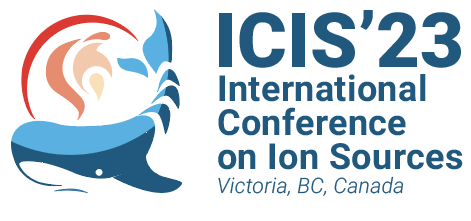Speaker
Description
Future heavy-ion driver accelerators will require high charge state ECR sources operating beyond the currently achievable heating radio frequency of 28 GHz. Lawrence Berkeley National Laboratory is exploring two technological paths that can enable reaching this goal. The first approach is by using Mixed Axial and Radial field System (MARS). This novel coil system allows the use of the Nb-Ti superconducting coil system to reach the 45 GHz resonant heating while operating within the field limit of 9 T at 4.2 K. This project aims at building a new ion source at the 88 inch cyclotron facility at LBNL. The second approach is by using a traditional sextupole-in-solenoid coil configuration, similar to VENUS magnet, but with sextupole coils that are wound using the Nb3Sn superconductor that has a much higher field limit of 22 T at 4.2 K. This project, in collaboration with FRIB facility at Michigan State University, aims at building a 28 GHz ion source but it allows to develop coil fabrication techniques that will be critical for the next generation ion sources as well. This article describes the design of both magnet systems and summarizes coil fabrication challenges, the development and prototyping efforts so far.
This work was supported in part by the U.S. DOE, Office of Science, Office of Nuclear Physics under contract number DE-AC02-05CH11231 (MARS) and DE-SC0000661 (FRIB).
| Funding Agency | DOE, Office of Science, Office of Nuclear Physics |
|---|---|
| Email Address | mjuchno@lbl.gov |
| I have read the Code of Conduct to attend ICIS2023. | Yes |

